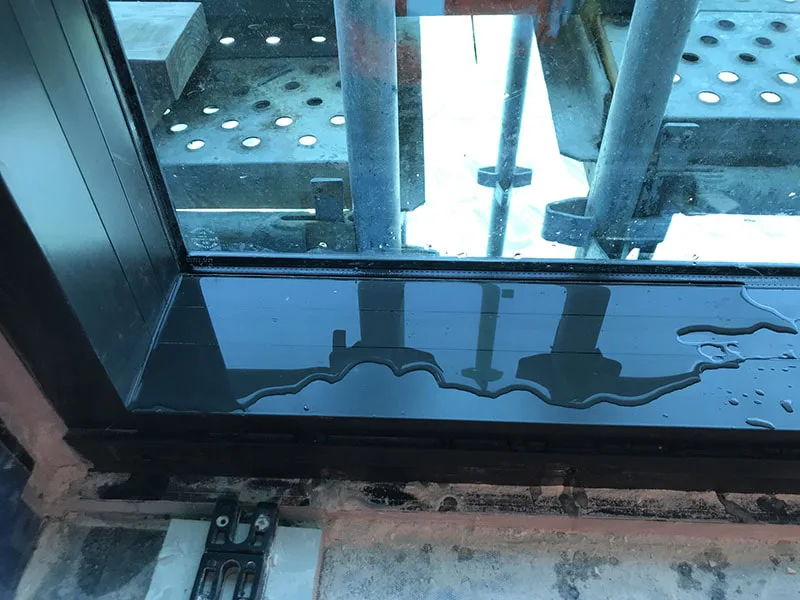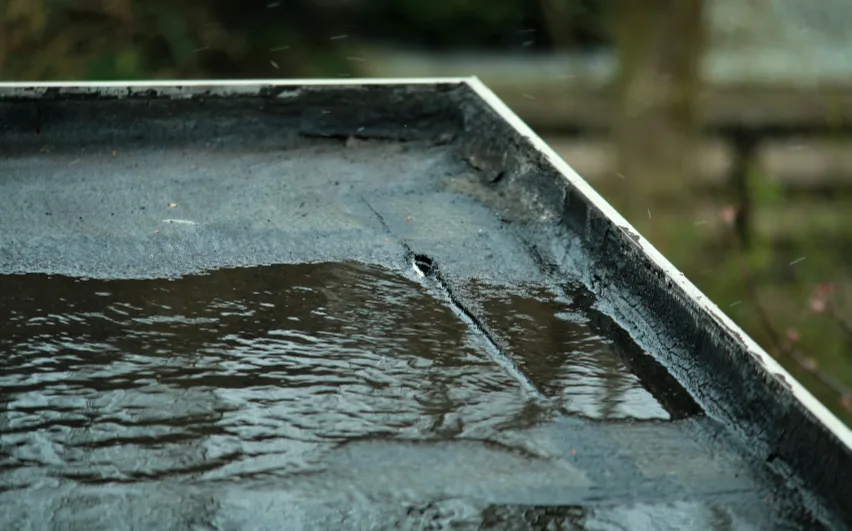The 5 ways to prevent Water Leak and 5 Devastating Effects of it
Water leaks in buildings may seem like a minor issue at first, but the consequences can be far-reaching and damaging. From structural damage to electrical hazards and financial loss, the impact of water leaks cannot be underestimated. In this blog post, we will delve into how water leaks can wreak havoc in buildings, emphasising the importance of early detection and timely repairs.
1. Water Damage caused by water leaks: Water leaks inevitably lead to water damage, which can manifest in various ways. Moisture seeping into walls, ceilings, and floors can result in discolouration, staining, and peeling paint or wallpaper. Over time, this moisture can weaken the infrastructure of a building, leading to cracks, warping, and even mold growth. Additionally, water damage can compromise the integrity of wooden structures, causing rot and decay.
2. Structural Damage caused by water leaks: Perhaps one of the most significant risks associated with water leaks is the potential for structural damage. As water infiltrates building materials, such as concrete, wood, or metal, it can weaken their integrity and structural stability. This can result in sagging ceilings, bulging walls, or even collapse in extreme cases. Structural repairs are not only costly but also pose a significant safety risk to occupants.
To prevent structural hazards of leakage, it is important to address any signs of water intrusion as soon as they are noticed. This may involve repairing damaged roofs or windows, replacing damaged pipes or plumbing fixtures, and improving overall building waterproofing measures.
3. Electrical Hazards caused by water leaks: Water and electricity do not mix well, and water leaks can introduce serious electrical hazards. If water comes into contact with exposed wiring or electrical outlets, it can cause short circuits, electrical shocks, or even fires. Occupants should be cautious and avoid touching any wet electrical equipment during a water leak until power is safely shut off.
4. Fire Hazards caused by water leaks: Surprisingly, water leaks can also pose fire hazards. If water penetrates the electrical system, it can lead to malfunctioning appliances or electrical sparks. These sparks, combined with flammable materials that may become damp due to the water leak, can start a fire. Getting the waterproofing of a project right from the start is an excellent preventative measure. Additionally, regular inspections and prompt repairs can significantly reduce this risk.
5. Financial Loss caused by water leaks: Water leaks can lead to substantial financial losses for building owners or property managers. The cost of repairing structural damage, replacing damaged materials, and addressing mold growth can quickly add up. Additionally, if left unchecked, water leaks can result in increased utility bills due to wasted water. Furthermore, insurance coverage may be affected if it’s found that the damage occurred due to negligence or lack of maintenance.
Water leaks in buildings are not just inconveniences or aesthetic issues; they pose significant risks and can cause extensive damage. From compromising the structural integrity of a building to leading to electrical and fire hazards, water leaks should never be taken lightly. Regular maintenance, prompt repairs, and early detection through the use of electronic leak detection systems can help mitigate and prevent these devastating effects. Rommel can help you with your water testing needs – see our services here.
Remember, prevention is always easier and more cost-effective than dealing with the aftermath of water leaks. By staying vigilant and taking immediate action, we can protect our buildings, investments, and, most importantly, the lives of occupants.
It is cheaper to prevent water leaks than to repair them
Electronic leak detection services and facade water testing services play a crucial role in minimising the risk of water leaks in buildings during the construction process. These services employ advanced techniques and technologies to identify potential areas of water infiltration, allowing for timely detection and prevention of leaks. Here are some ways in which they can reduce the risk of water leaks:
1. Early detection of water leaks: Electronic leak detection services can identify leaks at an early stage, even before they become visible. This early detection allows for prompt repairs, preventing further damage to the building structure and avoiding potential water-related issues such as mold growth or structural deterioration.
2. Pinpoint accuracy of ELD in finding water leaks: These services utilize specialised equipment to pinpoint the exact location of leaks, ensuring that repair efforts are focused on the problem areas. By accurately identifying the sources of water intrusion, contractors can address the issue directly, minimizing the need for extensive repairs and reducing overall costs.
3. Quality assurance: Facade water testing services involve subjecting the building’s external envelope to simulated weather conditions, such as high winds and heavy rain. This testing helps identify any weaknesses or vulnerabilities in the building’s waterproofing systems, allowing for necessary improvements before the construction is completed. By ensuring the integrity of the facade, the risk of water leaks is significantly reduced.
4. Compliance with building codes: Many jurisdictions require buildings to undergo water leak testing before they can be approved for occupancy. By conducting these tests, contractors can ensure compliance with local building codes and regulations, providing a safe and secure environment for future occupants.
5. Long-term benefits: Investing in electronic leak detection and facade water testing services during the construction phase can yield long-term benefits. By addressing potential water leak issues early on, building owners can avoid costly repairs and maintain the value and integrity of their property over time.
Overall, electronic leak detection services and facade water testing services are essential for reducing the risk of water leaks in buildings during construction. Their ability to detect leaks early, accurately pinpoint problem areas, ensure compliance with building codes, and provide long-term benefits make them indispensable tools in creating durable and water-resistant structures.


